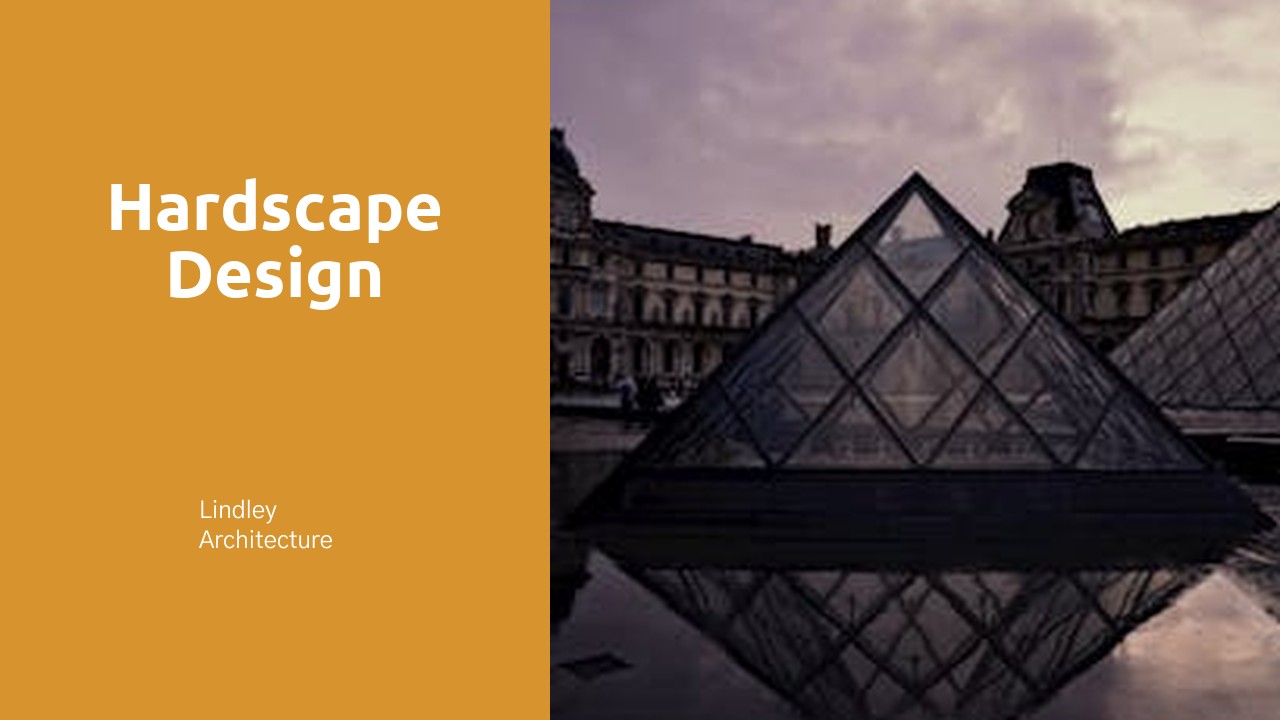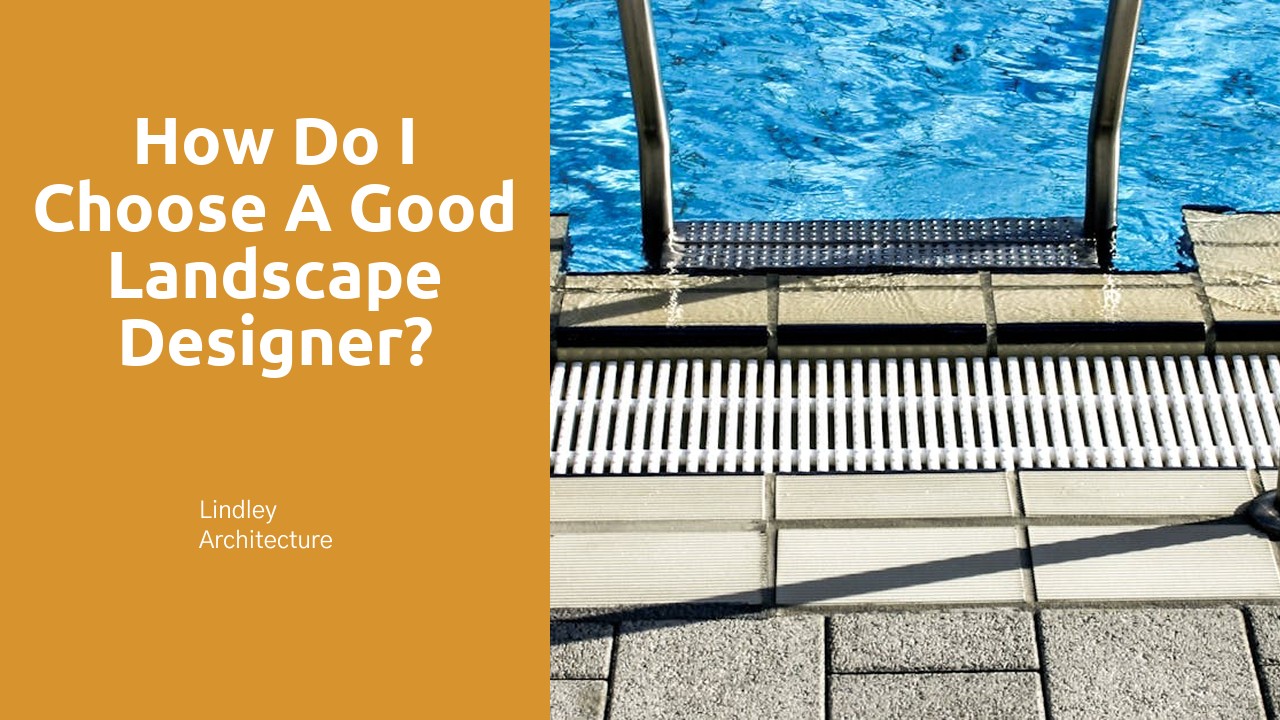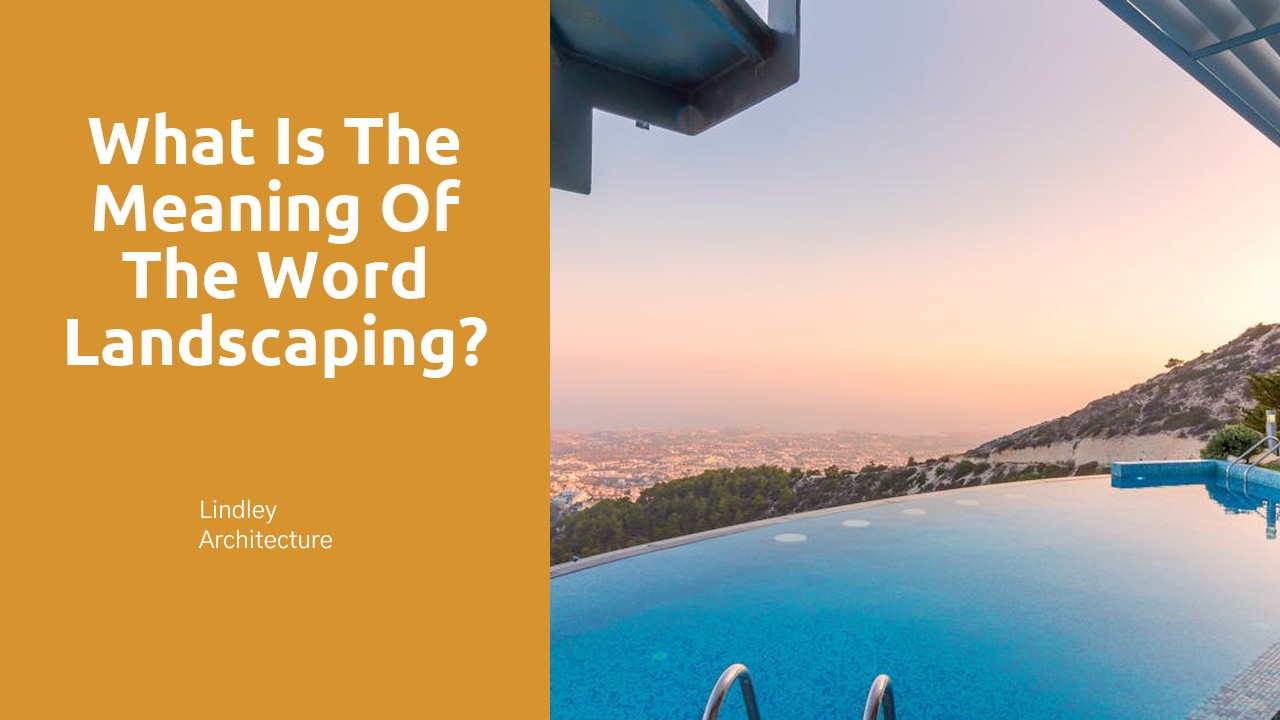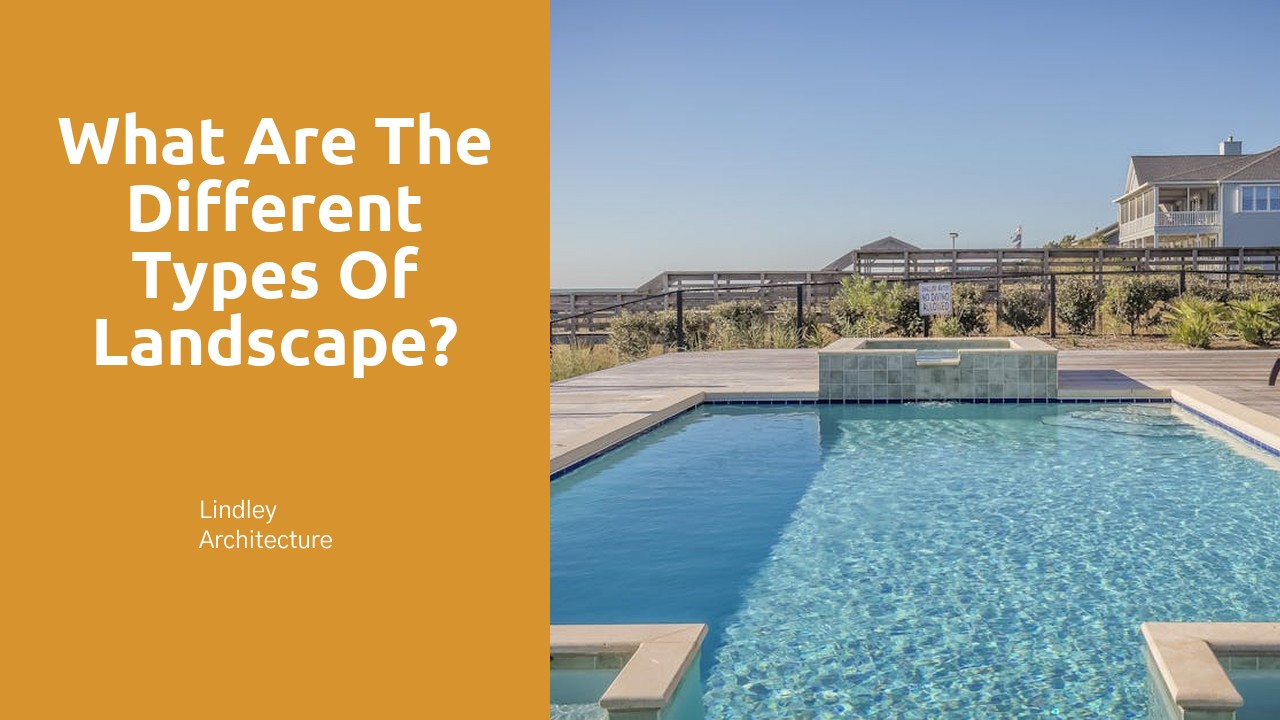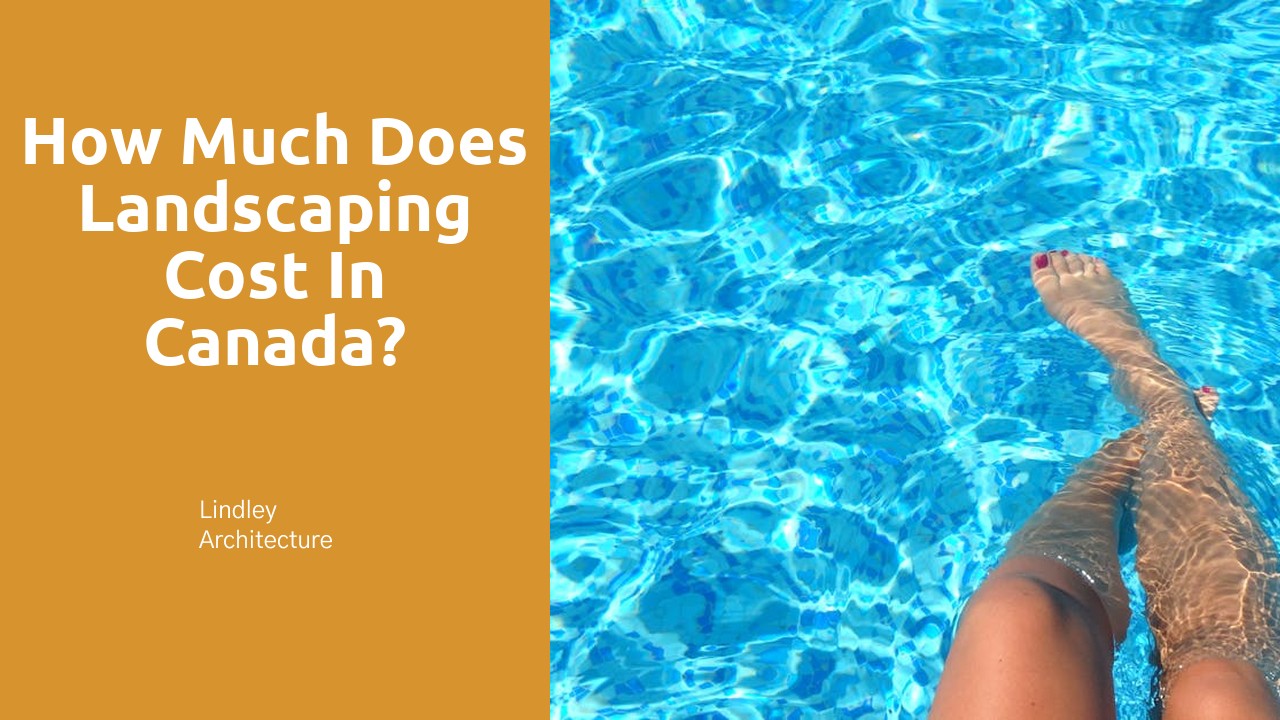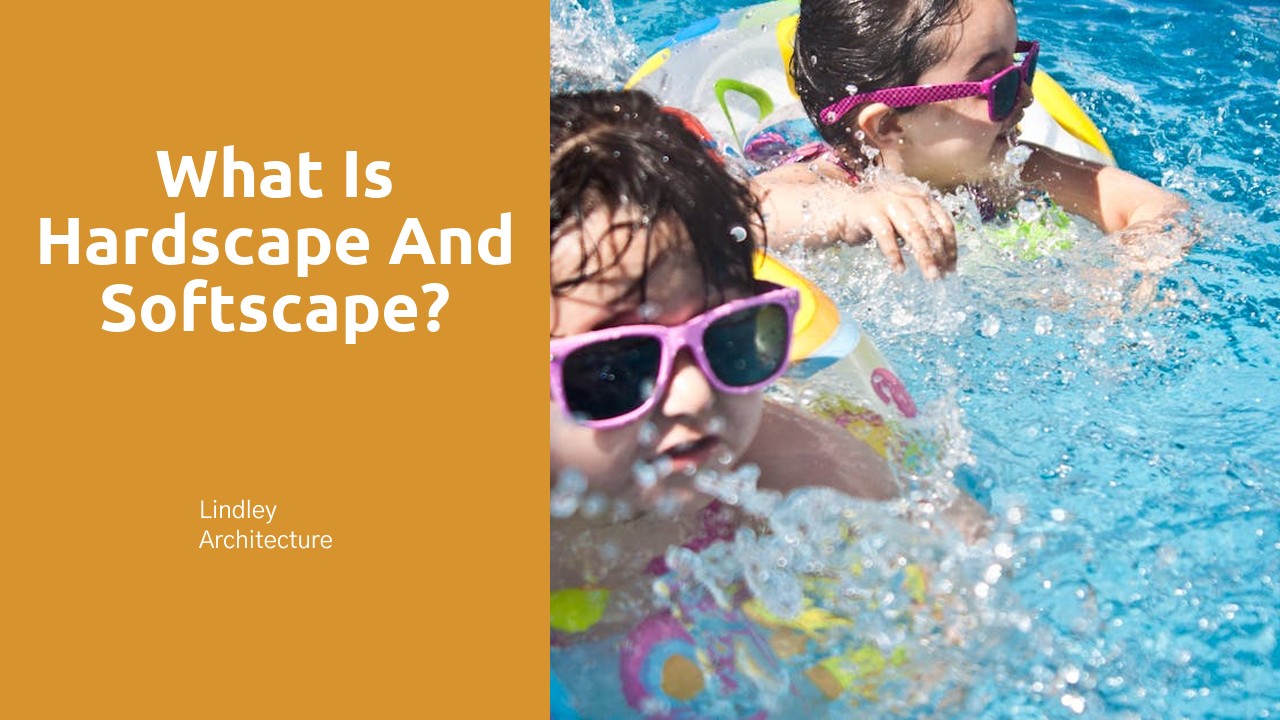
Table Of Contents
Designing a Balanced Hardscape and Softscape
When designing a balanced hardscape and softscape for your outdoor space, it's essential to consider the unique characteristics and needs of each element. Hardscape features, such as patios, walkways, and retaining walls, provide structure and define the layout of your landscape. On the other hand, softscape elements like plants, trees, and flowers bring life, color, and texture to the design. In London, where the weather can be harsh at times, finding the right balance between hardscape and softscape is key to creating a functional and aesthetically pleasing outdoor environment.
To achieve a harmonious blend of hardscape and softscape in your landscape design, start by outlining the main focal points and functional areas of your outdoor space. Consider how hardscape features can create pathways, seating areas, or outdoor entertainment spaces, while softscape elements can soften the overall look with greenery and flowers. Creating cohesion between these two elements will not only enhance the visual appeal of your outdoor space but also ensure its functionality and sustainability throughout the changing seasons in London.
Incorporating Softscape Elements for a Lush Landscape
Incorporating softscape elements in your landscape design can significantly enhance the overall aesthetic appeal of your outdoor space. When aiming for a lush landscape, it is crucial to carefully select and strategically place a variety of softscape features such as trees, shrubs, flowers, and grass. By combining different textures, heights, and colours, you can create a visually appealing and harmonious outdoor environment that complements the hardscape design in Ottawa.
To achieve a lush landscape, consider layering your softscape elements by planting taller trees in the back and gradually transitioning to shorter plants towards the front. This not only creates depth and dimension but also ensures that each plant has sufficient access to sunlight and water for healthy growth. Additionally, incorporating a mix of evergreen and deciduous plants can help maintain a vibrant landscape throughout the year, adding visual interest and diversity to your outdoor space.
Maintenance Tips for Hardscape and Softscape
For effective maintenance of hardscape and softscape elements, regular upkeep is essential. In the context of hardscape design in Greater Sudbury, harsh winters can pose a challenge to maintaining these features. To counteract this, it is recommended to inspect hardscape structures for any signs of damage or wear before the winter season sets in. This proactive approach allows for necessary repairs or modifications to be made in a timely manner, ensuring the longevity of the hardscape elements.
In addition to hardscape maintenance, softscape care plays a vital role in preserving the overall aesthetic and health of the landscape. To maintain a lush and vibrant softscape, it is crucial to regularly water, prune, and fertilize plants as needed. Mulching can also help retain moisture in the soil and prevent weed growth, contributing to the overall health of the landscape. By staying on top of both hardscape and softscape maintenance tasks, property owners in Greater Sudbury can enjoy a well-kept and visually appealing outdoor space year-round.
Preserving Hardscape Integrity in Harsh Canadian Winters
Winter in Canada can pose significant challenges to the preservation of hardscape elements in outdoor spaces. Cold temperatures, heavy snowfall, and freeze-thaw cycles can all take a toll on structures such as stone pathways, walls, and patios. In Saint Catherines, where winters can be particularly harsh, it is essential to take proactive steps to protect hardscape integrity.
To safeguard hardscape design in Saint Catherines during the winter months, proper maintenance and preventative measures are key. One effective strategy is to ensure that hardscape surfaces are properly sealed before the onset of winter. This can help prevent moisture penetration and reduce the risk of cracking or corrosion due to freezing temperatures. Additionally, regularly clearing snow and ice from hardscape features can prevent damage and prolong their lifespan in the challenging Canadian winter conditions. By prioritizing maintenance and protection, homeowners and landscapers can preserve the beauty and functionality of hardscape elements throughout the winter season.
Benefits of Hardscape and Softscape Integration
In the realm of landscape design, the integration of hardscape and softscape elements offers numerous benefits for creating visually appealing outdoor spaces. A harmonious blend of hardscape features like patios, walkways, and retaining walls with softscape elements such as plants, trees, and flowers can elevate the overall aesthetics of a landscape. This integration not only enhances the beauty of the outdoor environment but also provides functional spaces for relaxation, entertainment, and recreational activities. In Oshawa, hardscape and softscape integration plays a crucial role in transforming outdoor areas into inviting and sustainable living spaces that harmonize with the natural surroundings.
The thoughtful incorporation of hardscape and softscape components in landscape design can also contribute to increasing property value. A well-balanced mix of hardscape structures and softscape elements can enhance the curb appeal of residential and commercial properties in Oshawa, making them more attractive to potential buyers or tenants. Additionally, the integration of sustainable softscape features like native plants and rain gardens can help improve energy efficiency, reduce water consumption, and promote biodiversity in outdoor spaces. By integrating hardscape and softscape elements effectively, property owners in Oshawa can create vibrant and eco-friendly landscapes that provide long-term benefits for both the environment and inhabitants.
Promoting Environmental Sustainability through Softscape Selection
Softscape elements play a crucial role in promoting environmental sustainability within landscapes. When incorporating softscape elements, it is essential to consider native plant species that are well-adapted to the local climate and soil conditions. By choosing indigenous plants for your softscape design in Oshawa, you can reduce the need for excessive watering, fertilizers, and pesticides, thus minimizing the environmental impact of your landscape.
Furthermore, softscape elements such as trees, shrubs, and ground covers contribute to improved air quality and wildlife habitat preservation. They aid in reducing carbon dioxide levels and provide shelter and food for various animal species. By carefully selecting and maintaining softscape features in conjunction with hardscape elements, homeowners can create sustainable landscapes that enhance the overall health of the ecosystem while beautifying their outdoor spaces.
FAQS
What is hardscape?
Hardscape refers to the non-living elements in a landscape design, such as pathways, patios, walls, and structures made of materials like stone, concrete, or wood.
What is softscape?
Softscape comprises the living elements in a landscape, including plants, trees, shrubs, flowers, and grass that add greenery, texture, and colour to the outdoor space.
How can hardscape and softscape be balanced in a landscape design?
Achieving a balanced hardscape and softscape involves integrating both elements harmoniously to create a visually appealing and functional outdoor environment. This can be done by strategically placing hardscape features like walkways and retaining walls amidst softscape elements like trees and flower beds.
What are some benefits of integrating hardscape and softscape in a landscape?
Integrating hardscape and softscape in a landscape design offers various benefits, such as enhancing the aesthetic appeal of the outdoor space, providing structure and organization, increasing property value, and creating a harmonious environment that promotes relaxation and well-being.
How can I ensure the integrity of hardscape elements during harsh Canadian winters?
To preserve the integrity of hardscape elements during harsh Canadian winters, it is essential to use durable materials that can withstand extreme weather conditions, regularly inspect and maintain the hardscape features, and take preventive measures like sealing surfaces to protect them from snow, ice, and salt damage.
